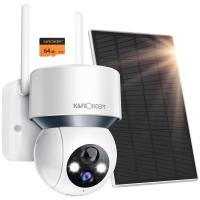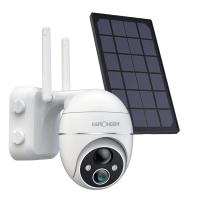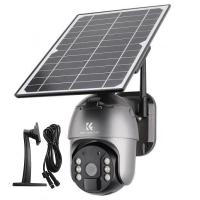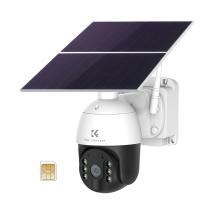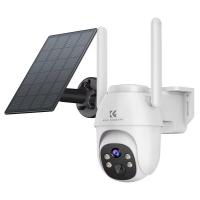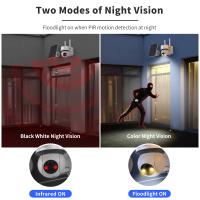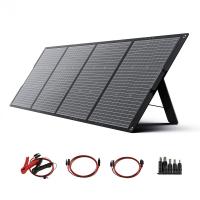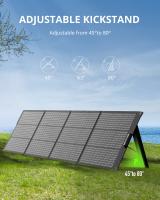How Much Does It Cost For Solar Panels?
The cost of solar panels is a topic of significant interest for many homeowners and businesses looking to reduce their energy bills and carbon footprint. As a professional knowledge blogger, I aim to provide a comprehensive overview of the various factors that influence the cost of solar panels, the potential savings, and the overall return on investment. This article will delve into the different types of solar panels, installation costs, government incentives, and long-term financial benefits.
Understanding the Cost Components of Solar Panels

When considering the cost of solar panels, it's essential to break down the various components that contribute to the overall expense. These components include:
1. Solar Panel Costs: The price of the solar panels themselves can vary significantly based on the type and efficiency of the panels. There are three main types of solar panels: monocrystalline, polycrystalline, and thin-film. Monocrystalline panels are typically the most efficient and expensive, while polycrystalline panels are slightly less efficient and more affordable. Thin-film panels are the least efficient but can be the most cost-effective for specific applications.
2. Installation Costs: Installation costs can vary based on the complexity of the installation, the location of the property, and the installer’s rates. This includes labor, mounting hardware, electrical components, and any necessary permits.
3. Inverter Costs: The inverter is a crucial component that converts the direct current (DC) generated by the solar panels into alternating current (AC) used by most household appliances. The cost of inverters can vary based on their type and capacity.
4. Battery Storage: For those looking to store excess energy generated by their solar panels, battery storage systems can be an additional cost. These systems allow for energy use during times when the solar panels are not generating electricity, such as at night or during cloudy days.
5. Maintenance and Monitoring: While solar panels require minimal maintenance, occasional cleaning and monitoring systems to track performance can add to the overall cost.
Average Cost of Solar Panels
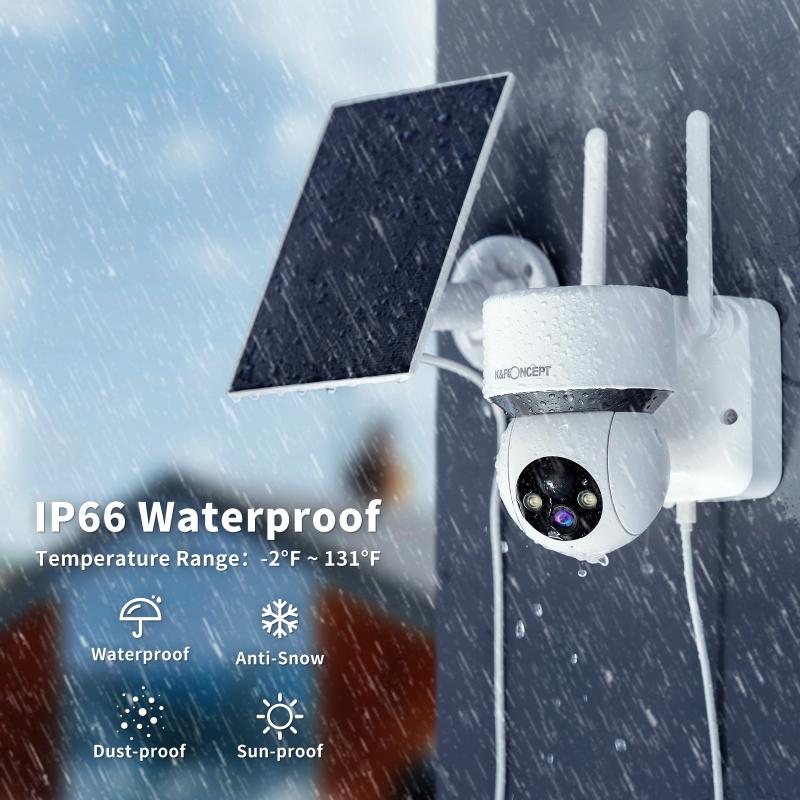
The cost of solar panels can vary widely based on the factors mentioned above. On average, the cost of solar panels in the United States ranges from $2.50 to $3.50 per watt. For a typical residential solar panel system of 6 kilowatts (kW), this translates to a total cost of $15,000 to $21,000 before any incentives or rebates.
Government Incentives and Rebates
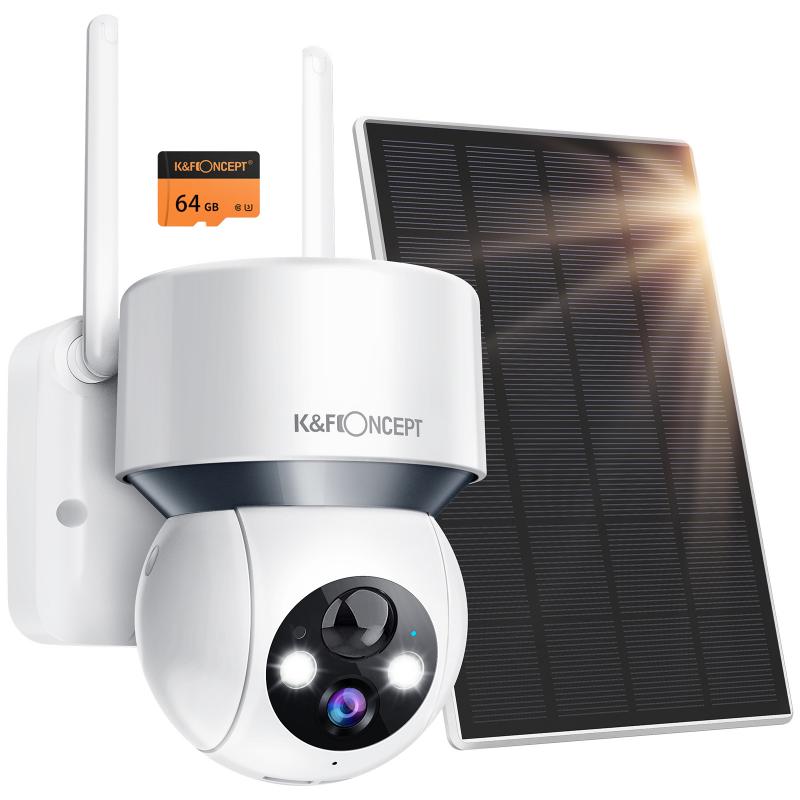
One of the most significant factors that can reduce the cost of solar panels is government incentives and rebates. These incentives can come in the form of federal tax credits, state rebates, and local utility incentives.
1. Federal Tax Credit: The federal government offers a solar Investment Tax Credit (ITC) that allows homeowners to deduct a percentage of the cost of installing a solar energy system from their federal taxes. As of 2023, the ITC is set at 26%, but it is scheduled to decrease in the coming years unless extended by Congress.
2. State Rebates: Many states offer additional rebates and incentives to encourage the adoption of solar energy. These can vary widely from state to state, so it’s essential to research the specific incentives available in your area.
3. Local Utility Incentives: Some local utility companies offer incentives for installing solar panels, such as rebates or performance-based incentives that pay you for the electricity your system generates.
Financing Options

For many homeowners, the upfront cost of solar panels can be a significant barrier. However, several financing options can make solar more accessible:
1. Solar Loans: Many financial institutions offer loans specifically for solar panel installations. These loans can spread the cost over several years, making the monthly payments more manageable.
2. Leasing and Power Purchase Agreements (PPAs): Some companies offer solar leasing or PPAs, where they install the solar panels on your property, and you pay a monthly fee or a reduced rate for the electricity generated. This can be an attractive option for those who do not want to pay the upfront costs.
3. Home Equity Loans: Using a home equity loan or line of credit can be another way to finance a solar panel system. These loans typically have lower interest rates than other types of financing.
Long-Term Financial Benefits
While the initial cost of solar panels can be substantial, the long-term financial benefits can make the investment worthwhile. These benefits include:
1. Reduced Energy Bills: One of the most immediate benefits of installing solar panels is the reduction in monthly energy bills. Depending on the size of the system and the amount of sunlight your property receives, you could significantly reduce or even eliminate your electricity costs.
2. Increased Property Value: Studies have shown that homes with solar panel systems can sell for more than homes without them. This increase in property value can help offset the initial investment.
3. Energy Independence: By generating your own electricity, you become less reliant on the grid and less vulnerable to rising energy costs.
4. Environmental Impact: While not a direct financial benefit, reducing your carbon footprint and contributing to a more sustainable future can be a significant motivator for many people.
Calculating the Return on Investment (ROI)
To determine whether solar panels are a good investment for your property, it’s essential to calculate the return on investment (ROI). This involves comparing the total cost of the system (after incentives) to the total savings on your energy bills over the system’s lifespan.
1. Total System Cost: Calculate the total cost of the solar panel system, including installation, inverters, and any additional components. Subtract any federal, state, and local incentives to get the net cost.
2. Annual Savings: Estimate the annual savings on your energy bills by multiplying your current electricity rate by the amount of electricity your system is expected to generate each year.
3. Payback Period: Divide the net cost of the system by the annual savings to determine the payback period. This is the number of years it will take for the savings to equal the initial investment.
4. ROI: To calculate the ROI, divide the total savings over the system’s lifespan by the net cost and multiply by 100 to get a percentage.
The cost of solar panels can vary widely based on several factors, including the type of panels, installation costs, and available incentives. However, with the right information and careful planning, solar panels can be a worthwhile investment that provides significant long-term financial benefits and contributes to a more sustainable future. By understanding the various cost components, exploring financing options, and taking advantage of government incentives, homeowners and businesses can make informed decisions about whether solar energy is the right choice for them.


